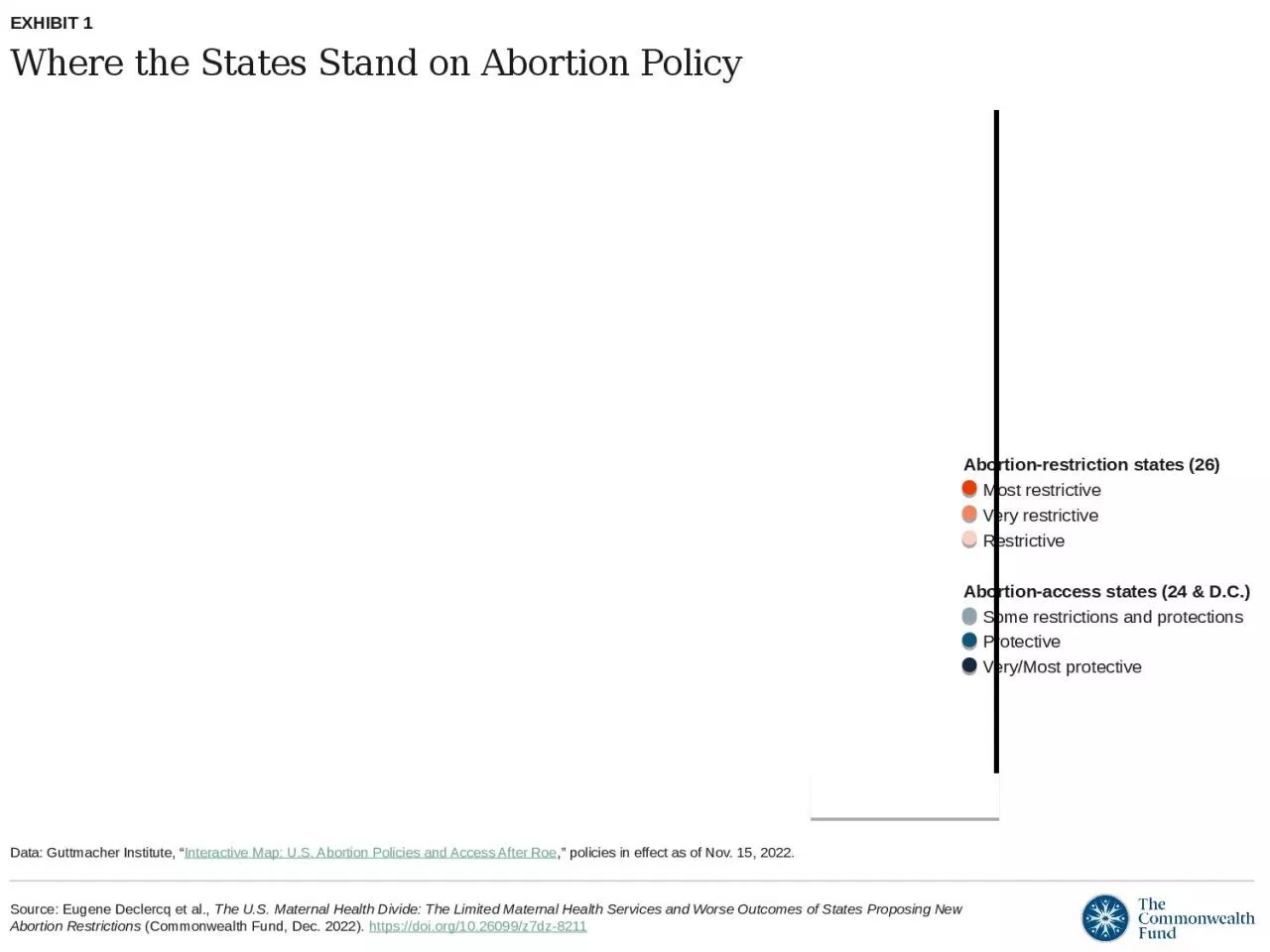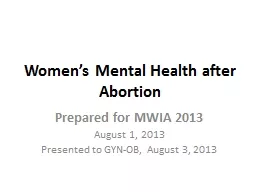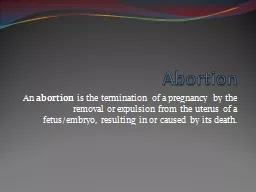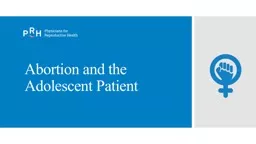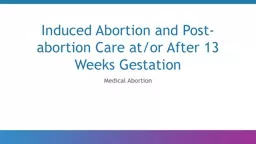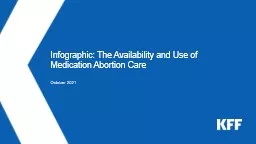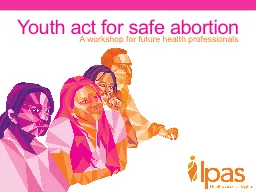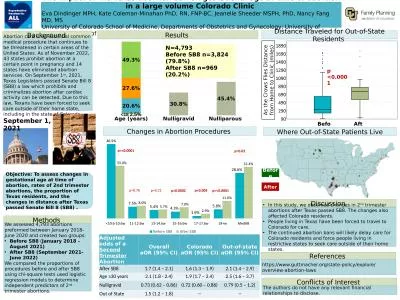PPT-Where the States Stand on Abortion Policy
Author : summer | Published Date : 2023-11-16
EXHIBIT 1 Data Guttmacher Institute Interactive Map US Abortion Policies and Access After Roe policies in effect as of Nov 15 2022 Abortionrestriction states 26
Presentation Embed Code
Download Presentation
Download Presentation The PPT/PDF document "Where the States Stand on Abortion Polic..." is the property of its rightful owner. Permission is granted to download and print the materials on this website for personal, non-commercial use only, and to display it on your personal computer provided you do not modify the materials and that you retain all copyright notices contained in the materials. By downloading content from our website, you accept the terms of this agreement.
Where the States Stand on Abortion Policy: Transcript
Download Rules Of Document
"Where the States Stand on Abortion Policy"The content belongs to its owner. You may download and print it for personal use, without modification, and keep all copyright notices. By downloading, you agree to these terms.
Related Documents

